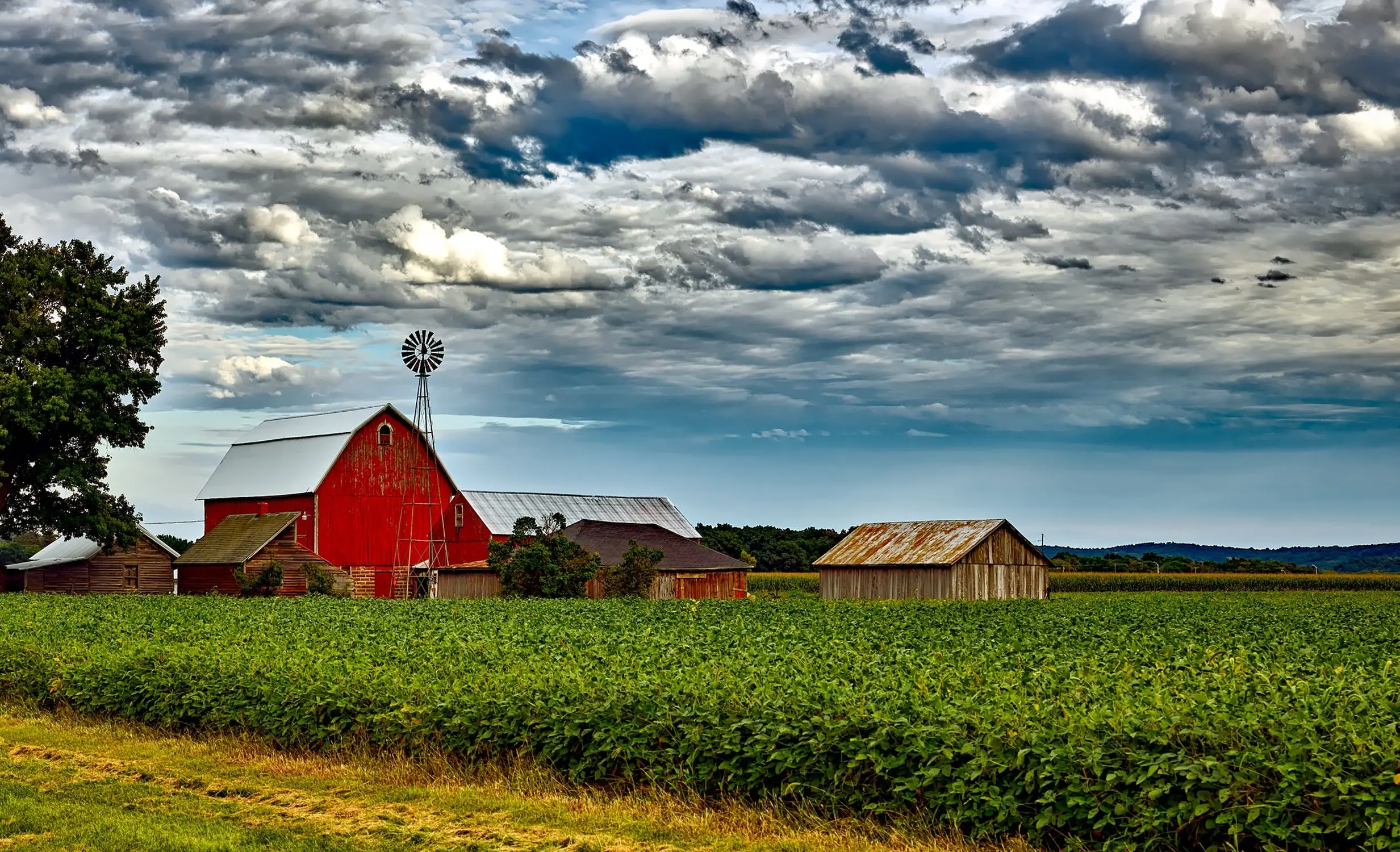Drones play an essential role in revolutionizing agriculture. By adopting drones, farmers can increase crop yields, reduce time and efforts invested, and significantly gain maximum return on investment.
It is reported that 11.3% of the world’s population consumes less food. The growing population, the hunger issue, and increasing demands from the government have led farmers to think about incorporating revolutionary strategies for increasing crop productivity. It is true that active support is needed for farmers from any government's end to obtain success. Hence, governments in many countries are aiming to achieve ‘precision agriculture’ by leveraging modern-age technologies and their incredible applications to potentially increase the quantity of the crop yield while not sacrificing the quality. Drones are one such emerging, productive, and effective tool that can significantly help farmers to fill in the gaping demands. With a bird’s eye view capability, farmers can view their farms from the sky, thereby increasing the farm effectiveness and making room for crop growth rate.
1. Soil Surveying
During the growing season before crop seeding, farmers should ensure that the soil is fertile enough for producing crops. The data that they collect from soil samples can give them in-depth information on how much fertilizer is required, which crop will grow better, and how much water is necessary. But, manually monitoring, collecting, and analyzing the soil samples is not an ideal option at all. Hence, drones can efficiently fit in this place, collecting rich images of the soil, which will provide meaningful information about the soil to farmers.
2. Crop Dusting
The right amount of fertilizer is essential for crops to grow right. The current method of dusting fertilizers is by using tractors or human crop dusters. But, tractors cannot reach every corner of the field. Human crop dusters are too expensive. Besides, we are not sure if human dusters will perform their job correctly or not. Drones will help farmers to spray the correct amount of pesticides or fertilizers. Sensor-enabled drones can accurately measure the nature of the soil and the crop health. Once the analysis is done, the drones can appropriately dust the required amount of fertilizers for crops. A critical benefit of crop spraying dronesare that they can operate without any humans, thereby reducing the cost, time, and efforts invested.
3. Crop Monitoring
After the seeding process, the most critical step before harvesting is to monitor crops regularly. Manually keeping an eye on the health status of the crops is practically not possible. Insects and pests, water shortages, and a lower nitrogen level in the soil can hinder the crop growth drastically. Drones can help farmers address all of these and many other such issues. Frequent inspection can help farmers obtain real-time and actionable insights on water shortage, crop sickness, and moisture levels. With negligible time wasted, farmers can implement suitable remedies for increasing farm productivity.
Applications of drones in the agricultural space abound. But, the applications mentioned above should be leveraged by farmers to meet the growing demands at the earliest. For now, there are several issues, ranging from cybersecurity to high cost to drone safety. But, as years pass, we might see a widespread adoption of drones across the globe, when all of the current issues around drones get resolved completely.




Leave your comments
Post comment as a guest